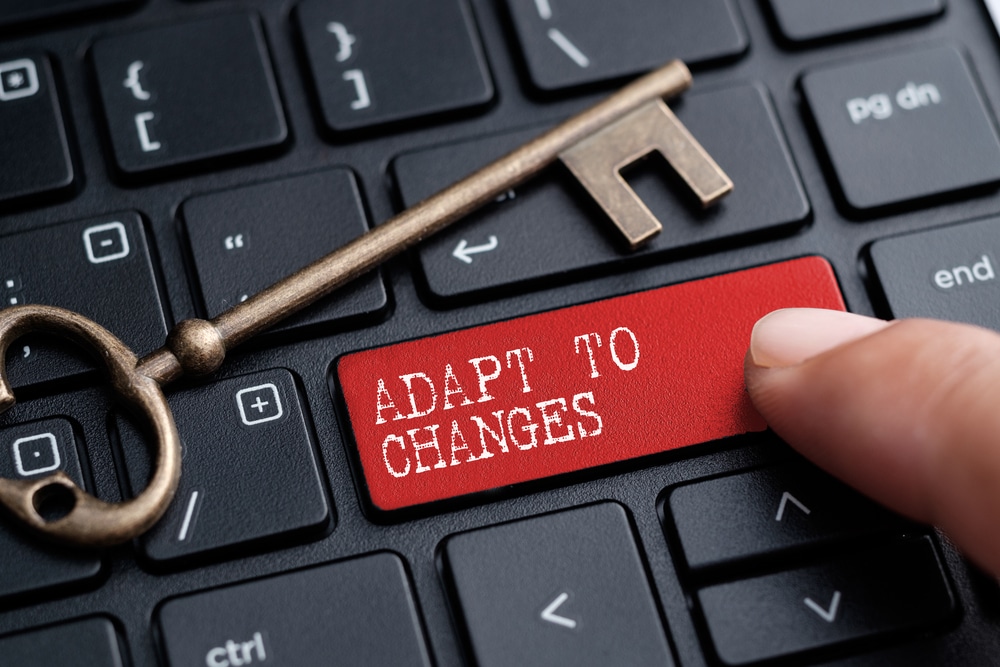Sometimes restructuring or change management is largely about expense control but, in some instances, it’s the sales and product strategy that needs a makeover. That was the situation one company found itself in after its founder passed away and it was subsequently sold to a group of investors.
The business had been successful for many years, generating modest but steady returns and growth. But once investors took over, the company began to stall. Not getting a sufficient return on their investment, they decided to change management and reached out to a chief restructuring officer (CRO) to examine the business.
It began with a thorough review of the expenses, but they seemed in line with industry norms, so the focus turned to the company’s products. Most had enjoyed steady repeat sales and modest gross margins, but in a highly competitive environment generating a sufficient return on invested capital seemed unlikely. However, one new product was generating a stellar 40% gross margin. Interestingly, it had been developed at the request of a customer who ended up loving what the company had created.
The CRO asked management why this product wasn’t being sold to more customers, especially since it was praised by an actual user and had a high gross margin. Executives that had worked for the founder prior to the sale responded they were proud of their legacy products and saw no reason to change what had always been successful. The reaction from sales was even more negative. They expressed disdain for the new product, calling it “a flash in the pan” that would never eclipse the sales of any of the legacy products.
It soon became clear the existing management and sales force would always repress the new product, so a new division was started with its own manager, sales, and marketing staff. They even worked in separate area of the facility. Capital budget expenditures were devoted to the product and it was expanded into an entire line.
Within 6 months, the new product line doubled the sales of the best of the legacy items. Inside a year the company had to relocate to a facility three times larger to accommodate the growth and profitability of the product line.
This was all happening while marketing was retooled. What was initially thought would focus on the branding of the product and could include customer surveys, became a complete repositioning of the company. Moving forward, the business proposition would reflect the products of its future and not be a slave to the legacy of the past.
And the investors that had been frustrated by their initial return on investment? They sold the company a few years later for ten times the price they paid.
# # #

0 Comments